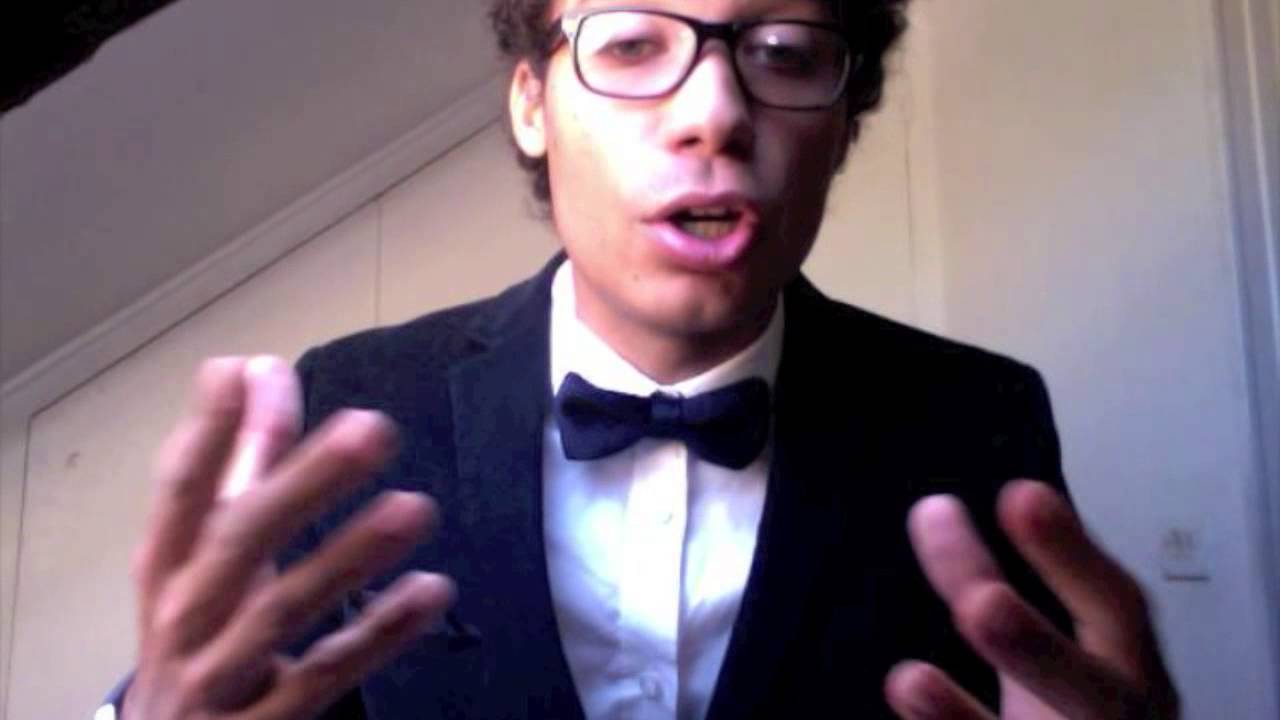Contenidos
Adoration of the magi
Wikipedia
The Adoration of the Magi is a scene in history that refers to these characters. In the Christian religion the Magi are characters that appear in the Gospel of Matthew (Mt 2-12) in the book of the New Testament. However, they do not appear in the account of the infancy of Jesus Christ in the Gospel of Luke.
The scene of the adoration in Bethlehem is one of the oldest in the artistic world. Sometimes it comes to take part of the Christmas episode. The passage of adoration was already represented in the Roman catacombs where Mary can be seen at the end of the work and the three wise men carrying their gifts on very simple trays. The antecedent of this representation is in the works of Ancient Rome in which the people of the subjugated people bring gifts to the victorious Roman during the ceremony known as triumph.
Feast of the magi
It has been thought that the canvas could have been trimmed on three sides, in view of a lithograph by Cayetano Palmaroli of 1832, which presents a wider composition and, in the opinion of Enriqueta Harris and Jonathan Brown, a more satisfactory one. However, there are no indications that the painting was cropped after it entered the Museum and the technical study carried out by Carmen Garrido rules out that it may have had other dimensions than the present ones, although the landscape, in any case not very visible, could have been originally somewhat wider. Palmaroli’s lithograph, finally, could be an imaginary recreation of the supposedly missing parts based on the belief that the painting had been cut to the left beforehand.
There could be similarities between the old king and the one that appears in Three Men at the Table; as well as in the face of the Virgin, similar to that of the London Immaculate, although somewhat more idealized here, without being able to deduce anything other than the use of studies taken from life as Velázquez’s usual practice.
Adoration of the shepherds
During the Middle Ages, artists followed the words of the Evangelist Matthew when he wrote about the arrival of magi from the East to Jerusalem asking for the place where the King of the Jews had just been born.
The artists represented, therefore, some white men, dressed in rich clothes, following a bright star that led them on their way to Bethlehem of Judah loaded with chests and in them, the three gifts mentioned by the evangelist.
In this way, and throughout the Middle Ages (5th-15th century), the different artists had a very restricted iconography with respect to this theme symbolizing three wise men, white, adoring the Messiah.
The fact that they were painted or sculpted as kings was contrasted, and at the same time completed, with the parallel image of the Adoration of the Shepherds. If the kings represented the wealthy and aristocratic class, the shepherds were considered the lower and humble class. In short, everyone, some coming from the East and others from Palestine, adored the Messiah, the Son of God.
Epiphanyfeast day
Of all the beautiful and curious things exhibited in the temple, none attracts and seduces him as the tapestry of The Adoration of the Kings; not even the mysterious Nazarene, nor the St. Francis of Assisi with silver wings, nor the Christ that the viceroy Ceballos brought from Colonia del Sacramento and that on Good Friday bends his head when the sacristan pulls a string.
And when Cristobal assumes that nothing can happen, that his stupor is fulfilled, a character appears in front of the stable. He is a very handsome man, very virile, with a blond beard. He wears a magnificent black suit, on which gleams the whiteness of the lace collar and the metal of the sword. He takes off his hat with its majestic wings, bows and kneels down to worship God. The velvet shimmers, evocative of feasts, of crystal vases, of goldsmiths, of terraces of pink marble. Next to the myrrh and the chests, Rubens leaves a paintbrush.
Cristobal picks up the duster and the rags. He strokes his fingertips and mouth. He would like to tell what he has seen and heard, but his tongue does not obey him. He has returned to his walled solitude where amazement rises like a dazzling lamp that transforms everything, forever.
Periodista del GRUPO BNLIMITED N.W. Cubriendo todo tipo de noticias para diariovelez.com en España. Si deseas comunicarme una noticia de última hora, un suceso o alguna información que crees que es relevante, puedes hacerlo en [email protected]


